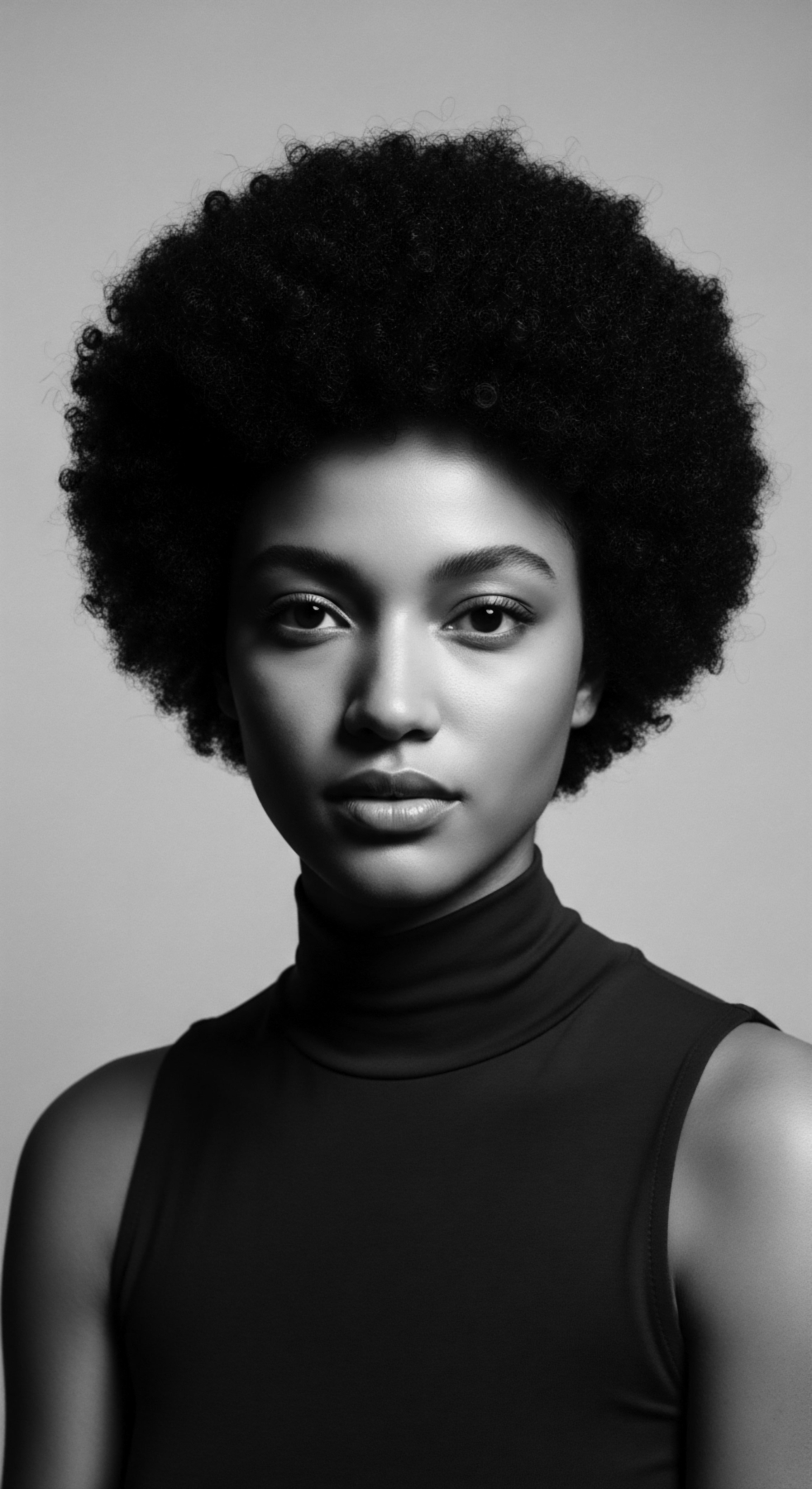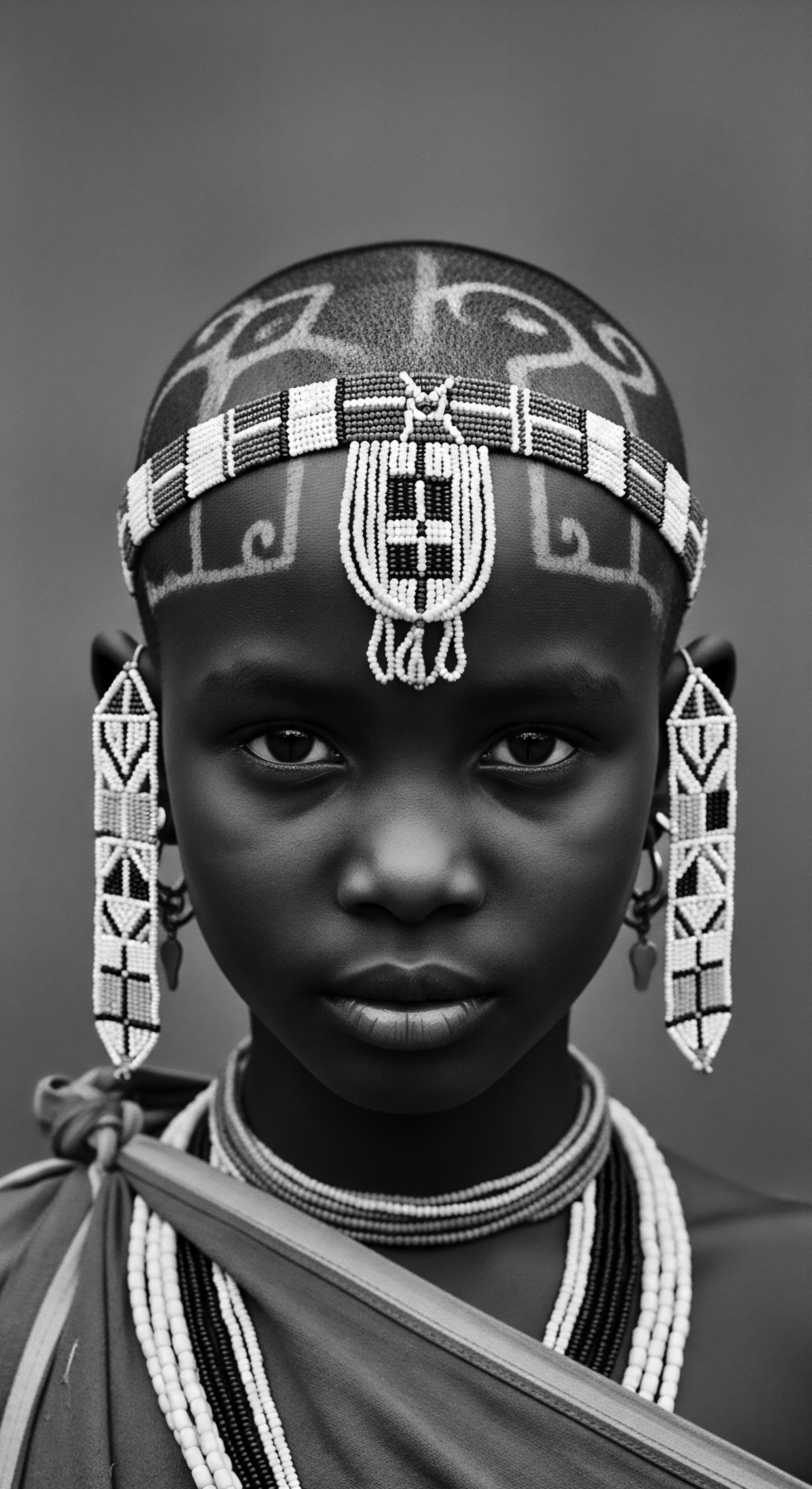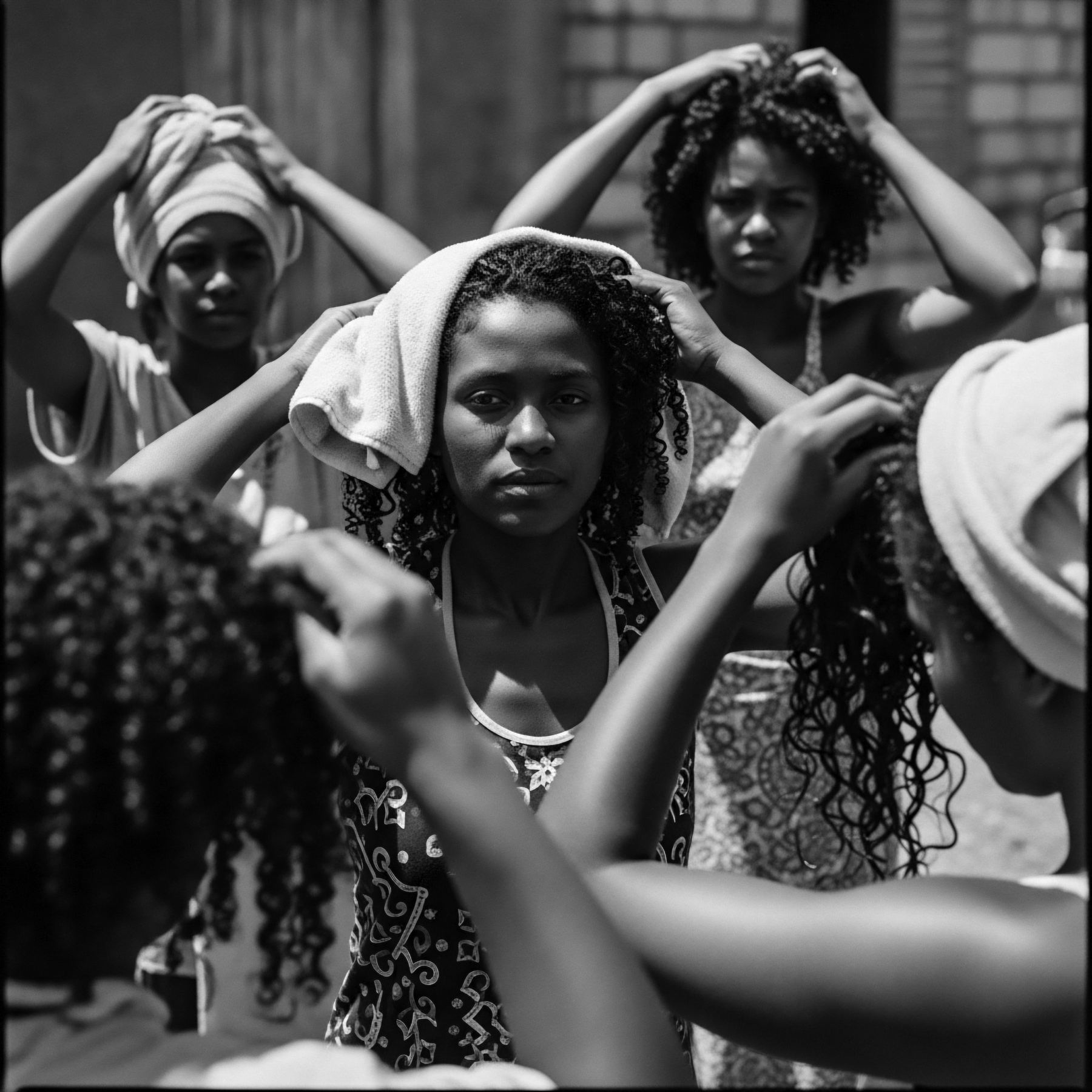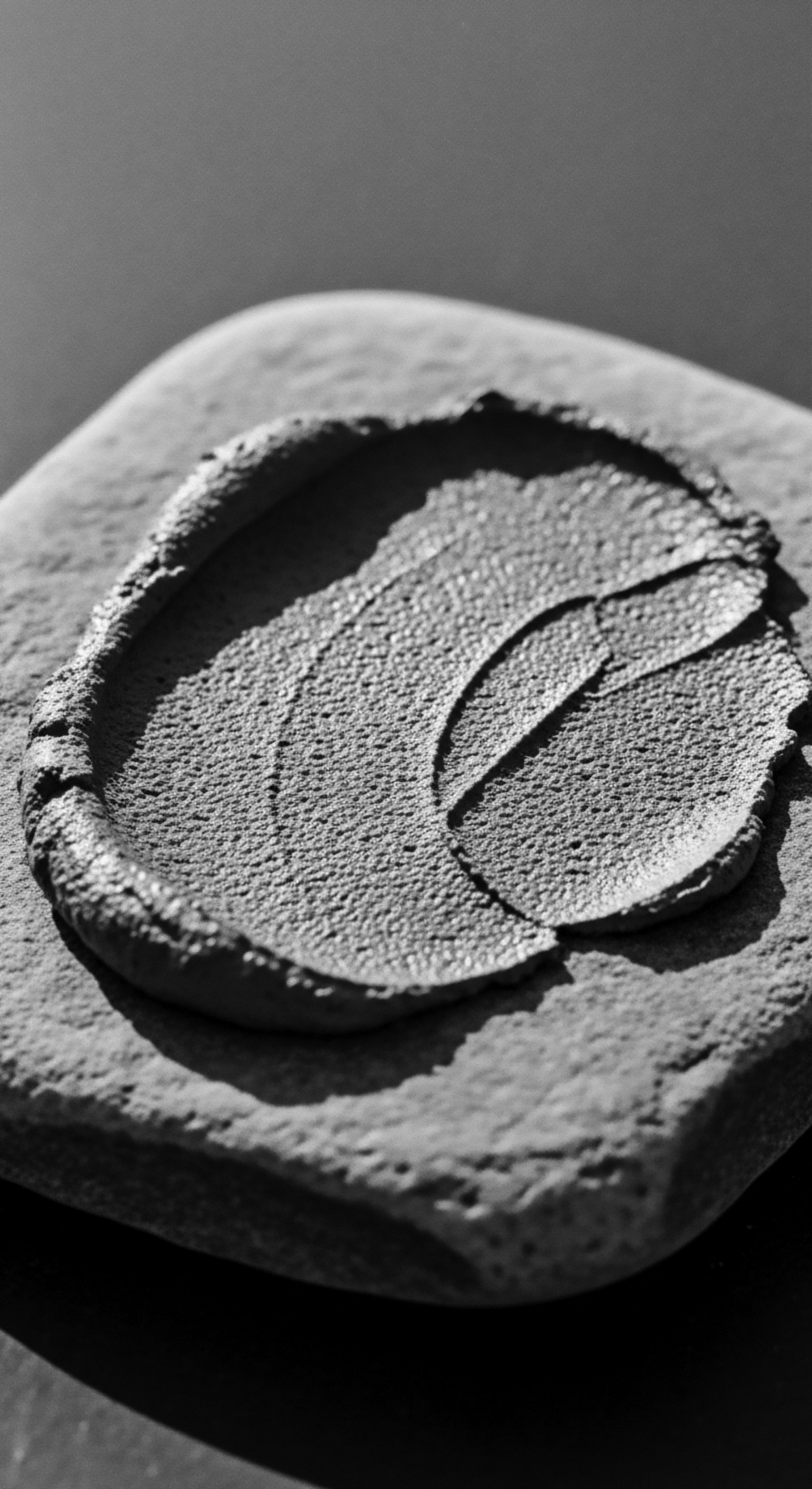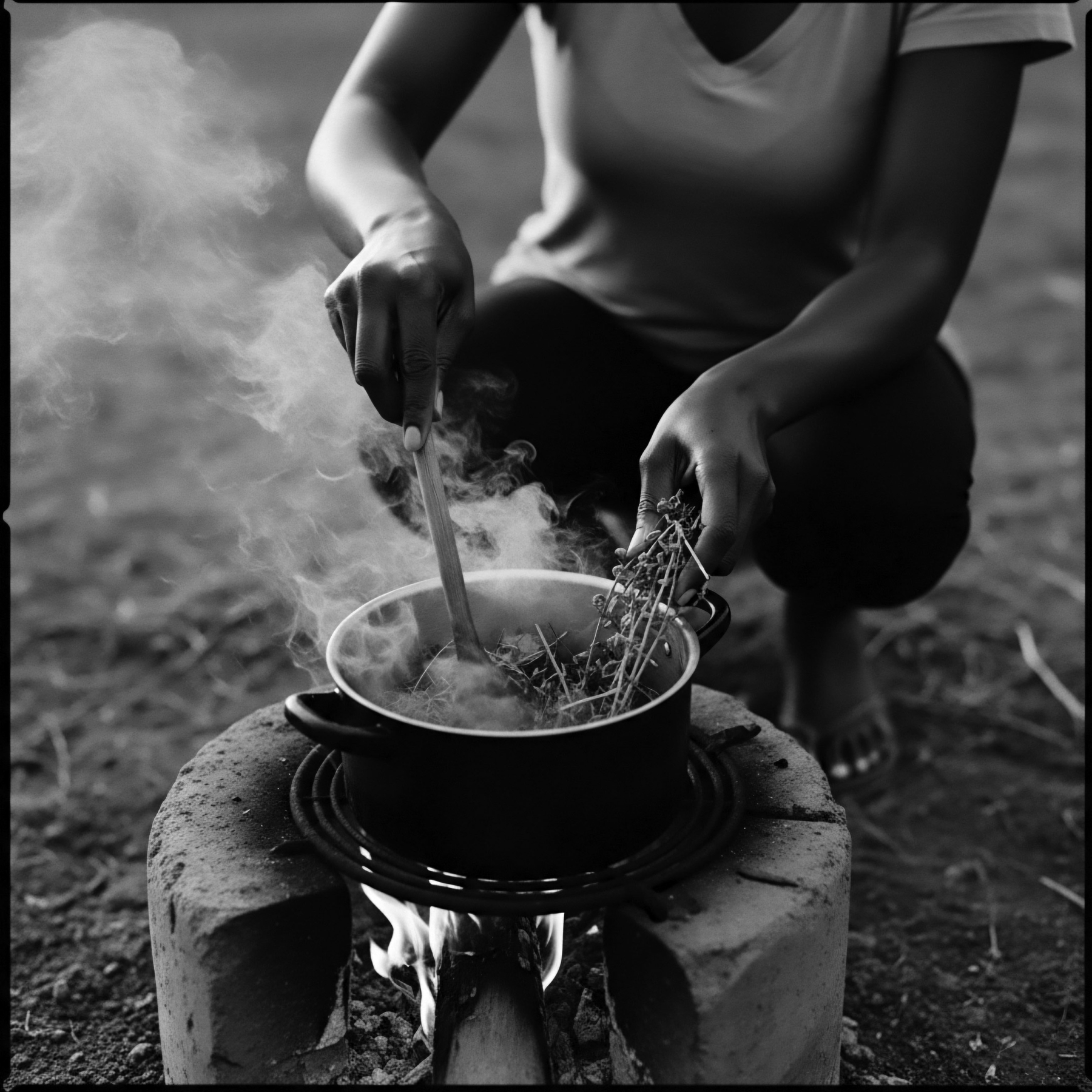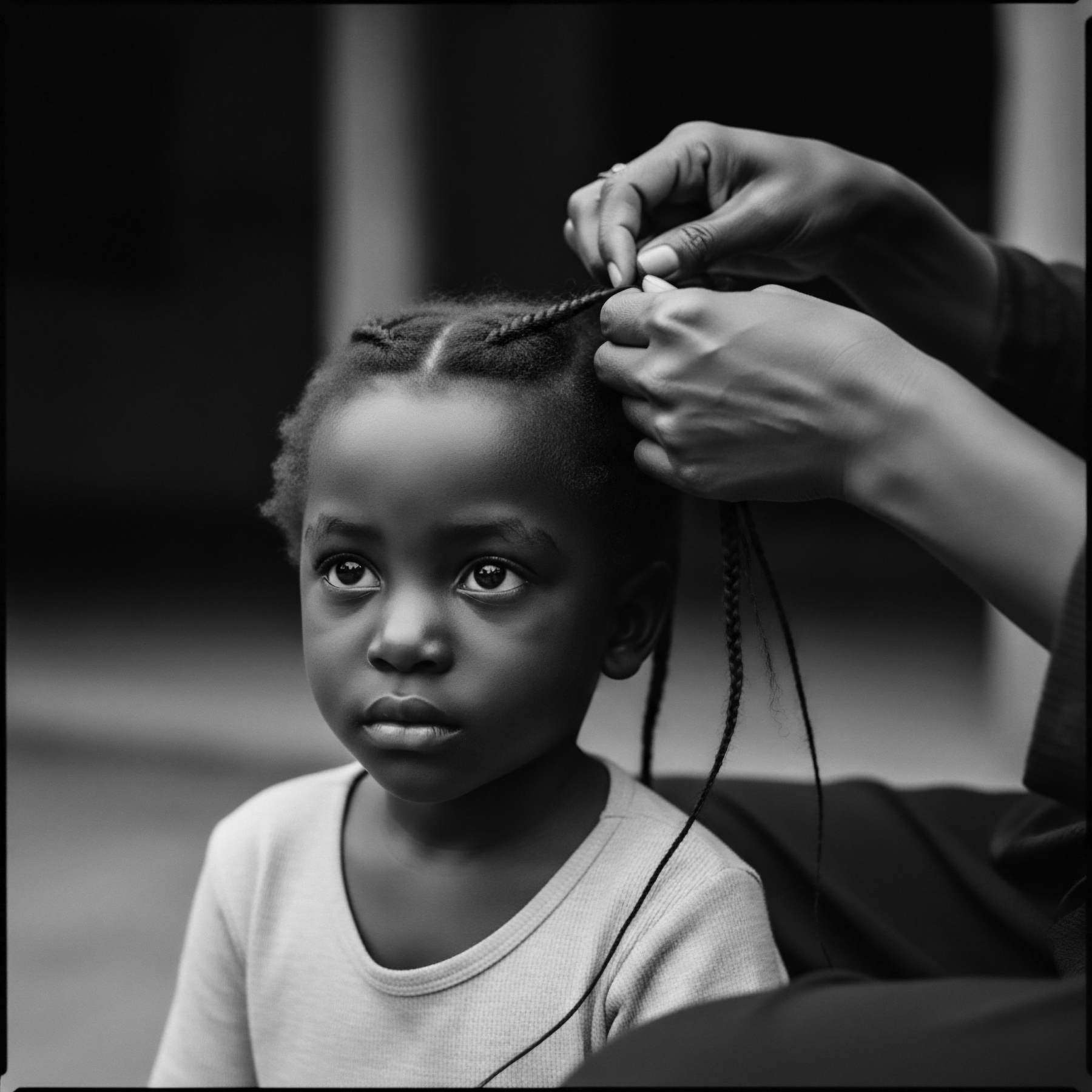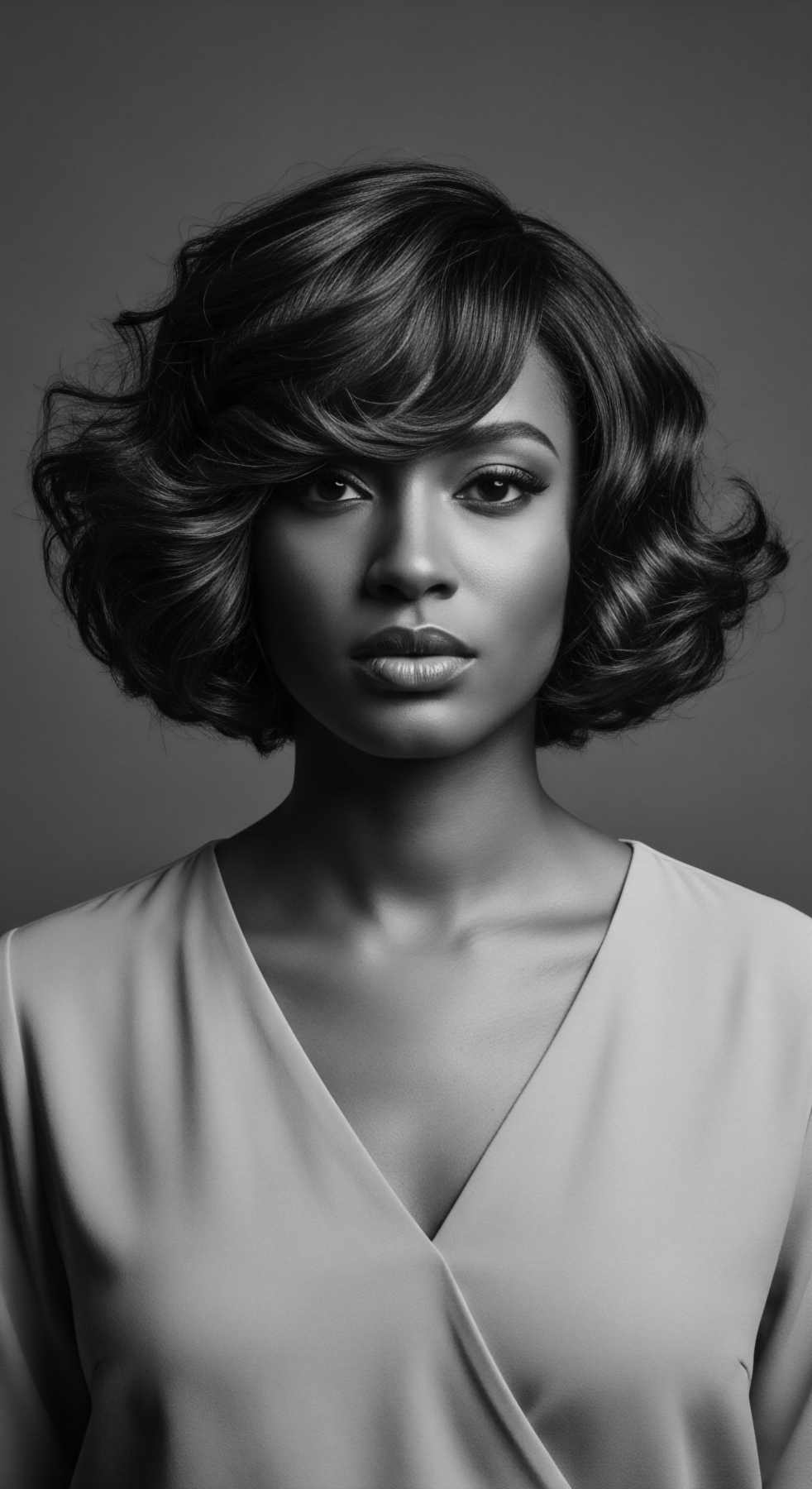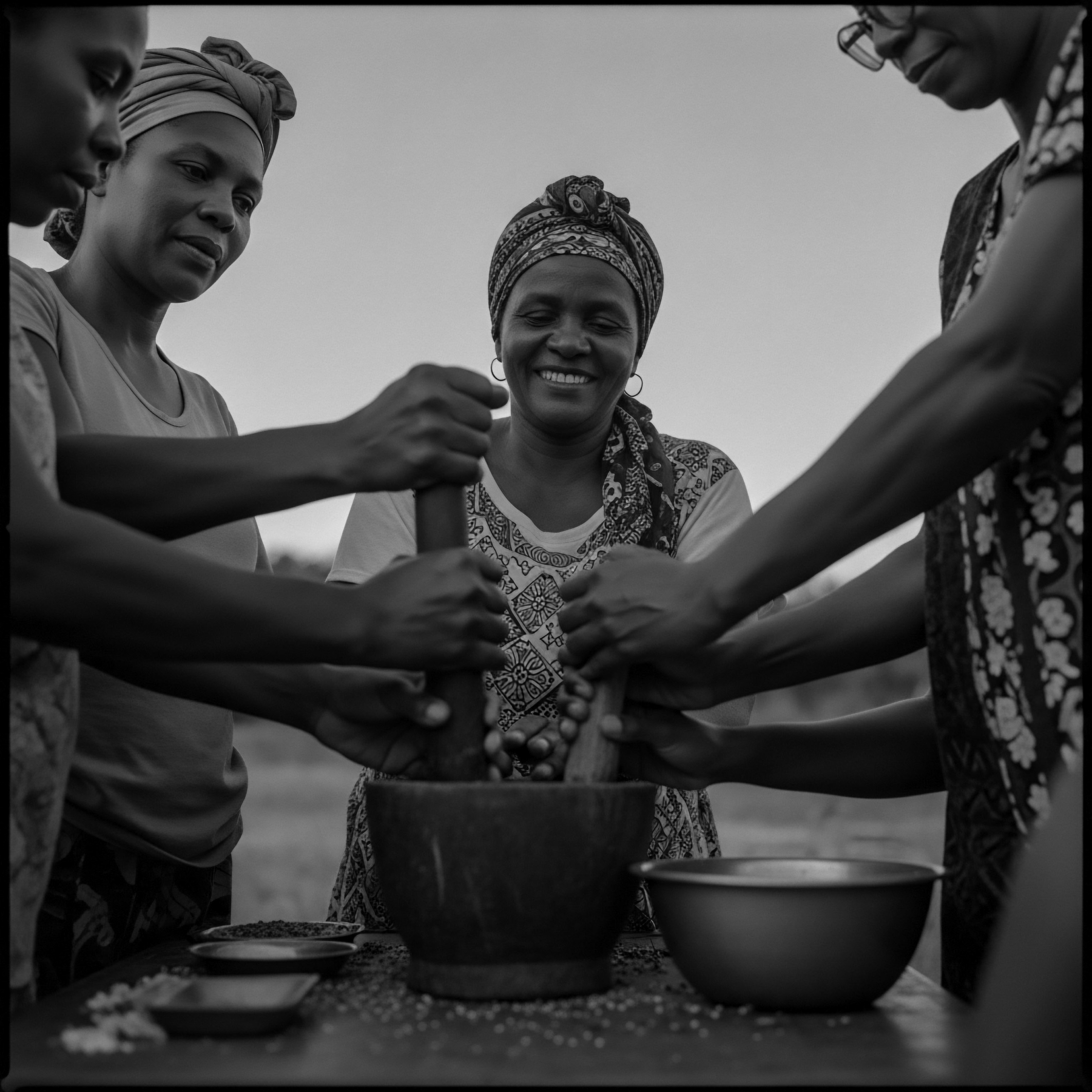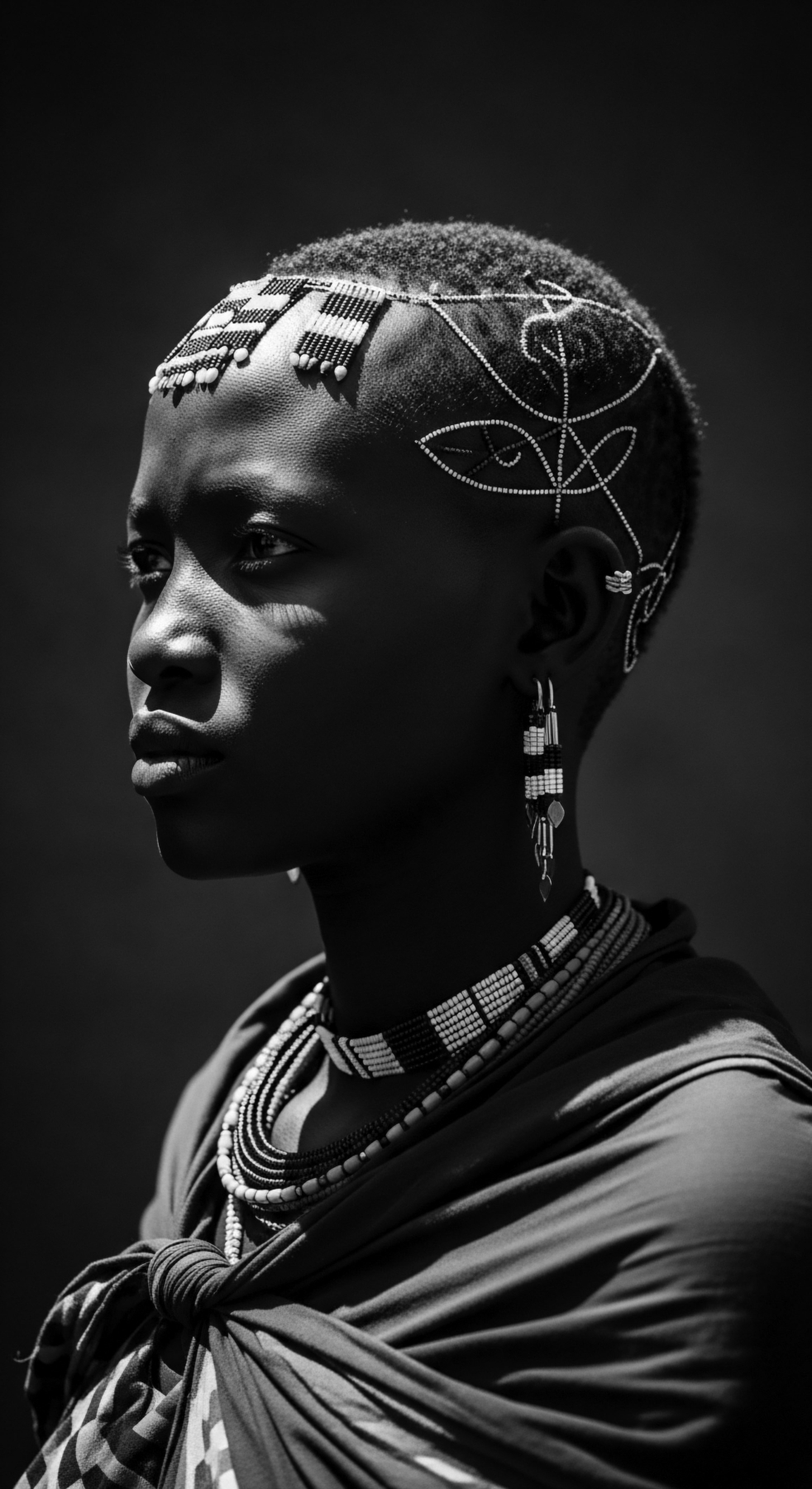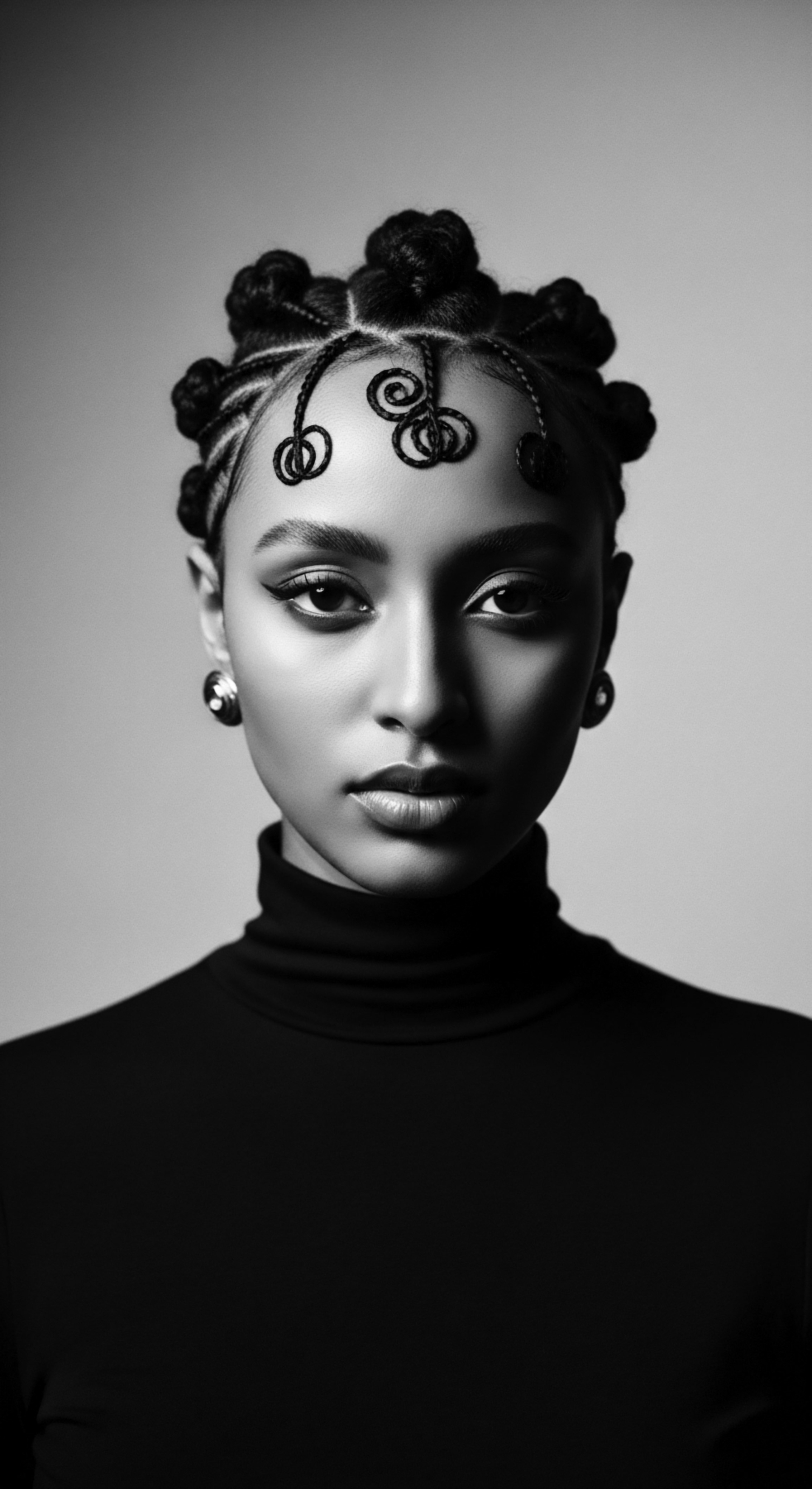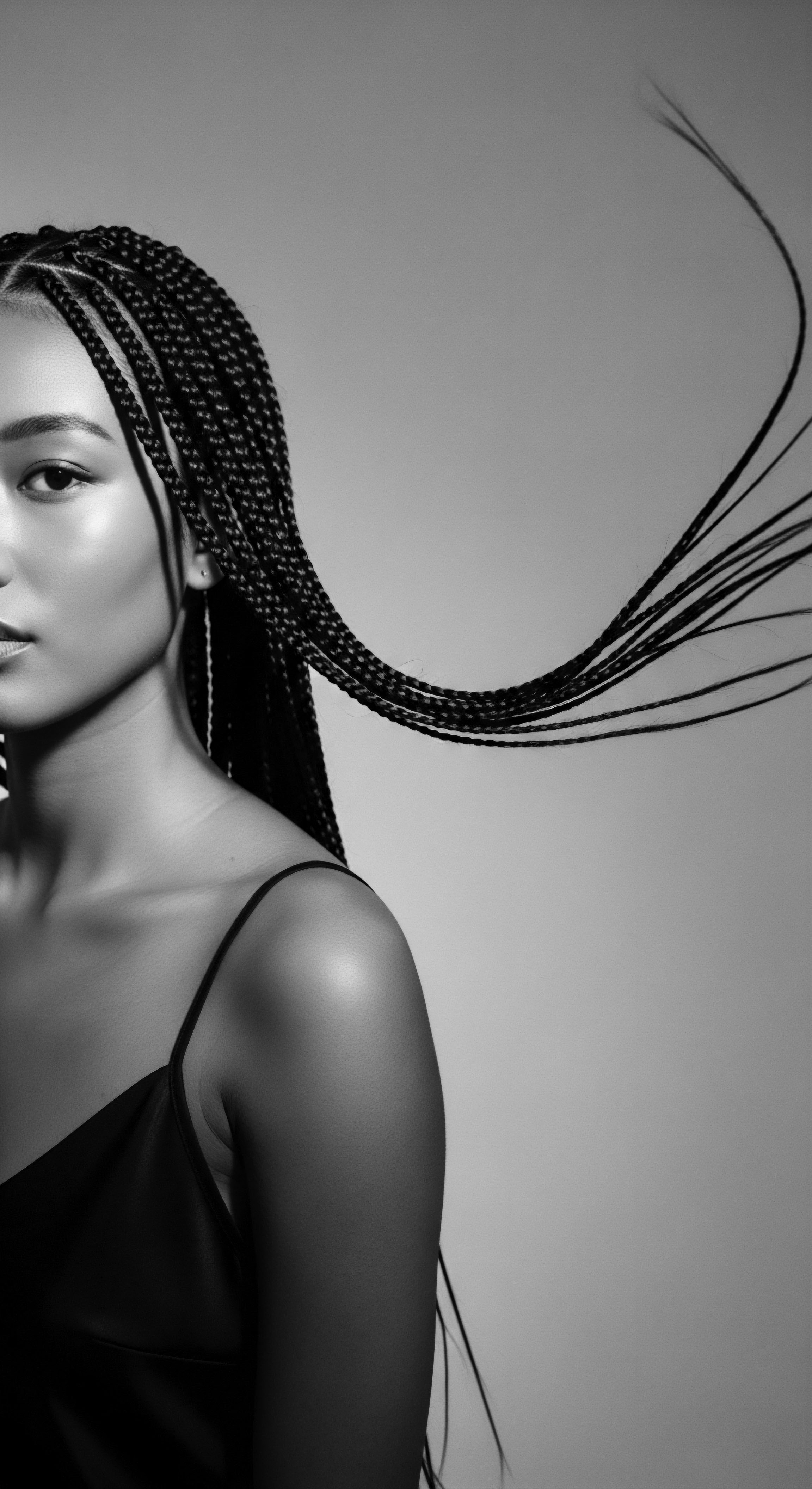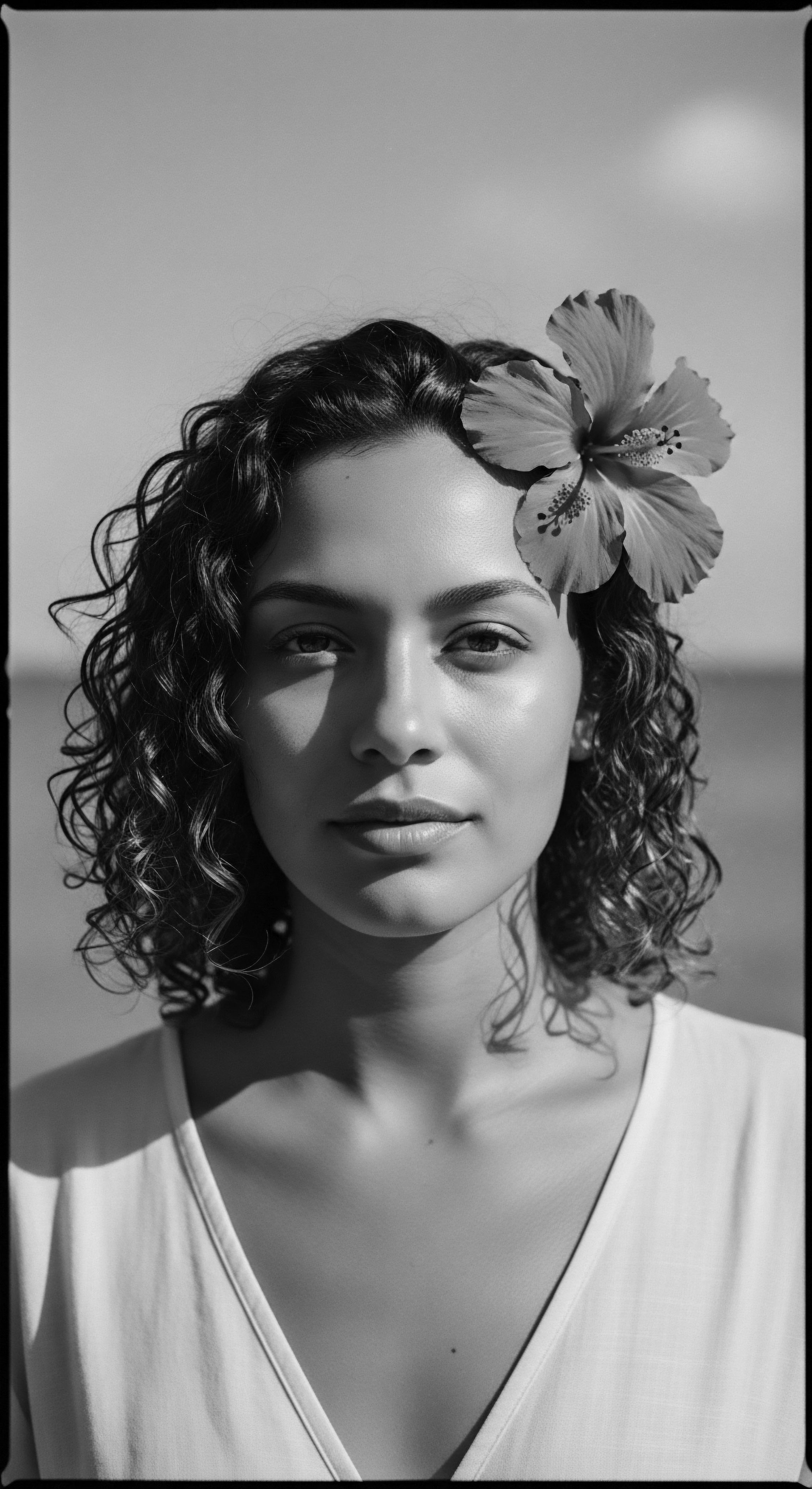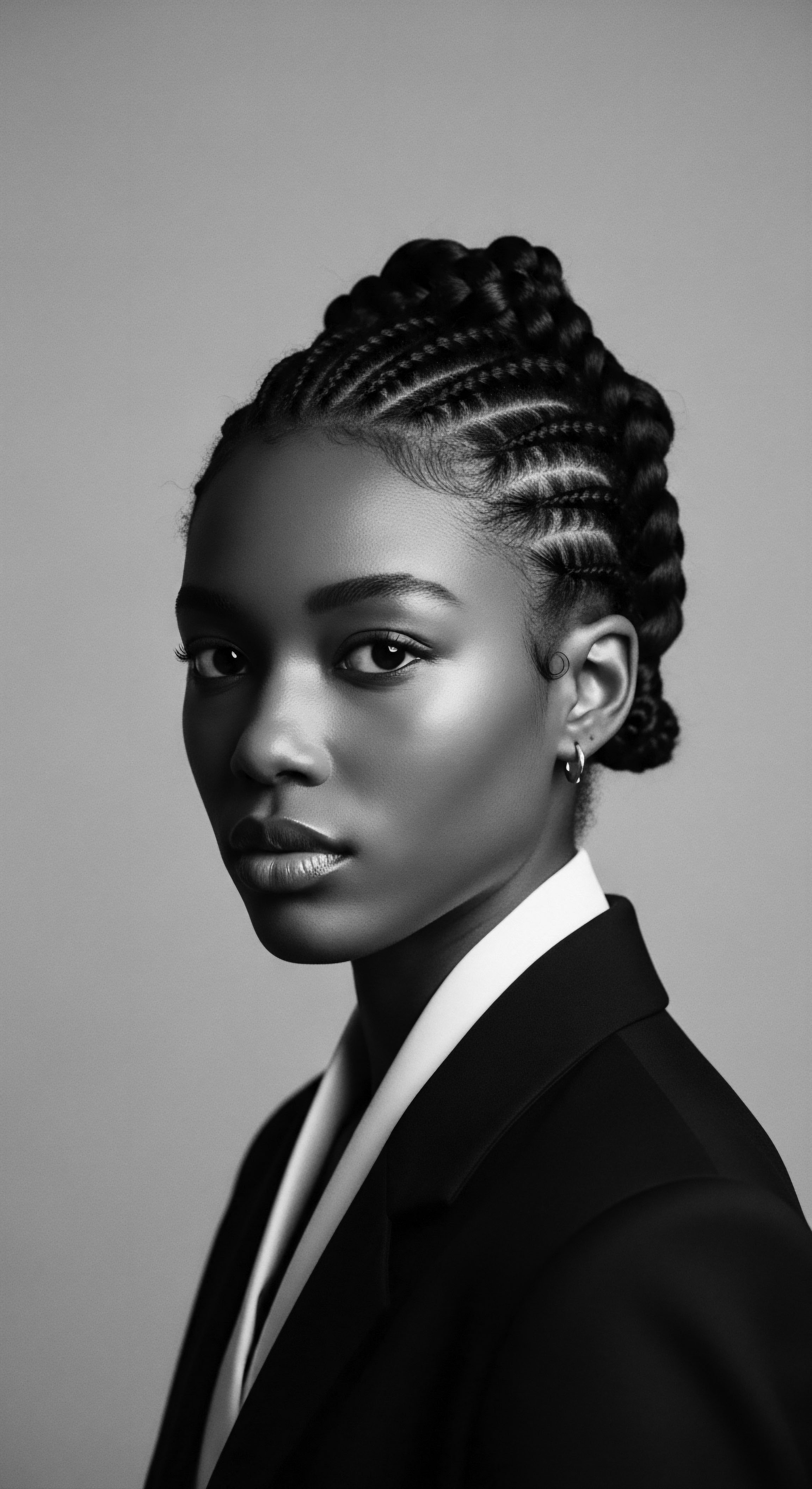49,119
Created
Roothea
The Quiet Hum within the Coil the Breath Held in a Resting Strand Roothea Where heritage unfurls and textured beauty finds its voice A sanctuary of knowing a gentle tending to the light within your hair
Step into a space where every curl, coil, and wave is understood, not just seen. Roothea is more than a collection of knowledge; it is an embrace of the journey your hair has traveled, a celebration of its inherent design. Here, ancient wisdom meets gentle science, and the rituals of care become acts of profound self-connection. We invite you to explore, to learn, to nurture, and to allow the unique story of your textured hair to radiantly unfold.
Wisdom
No posts found. Try a different search!
An error occurred. Please try again later.
Terms
31,035
Created
No posts found. Try a different search!
An error occurred. Please try again later.

